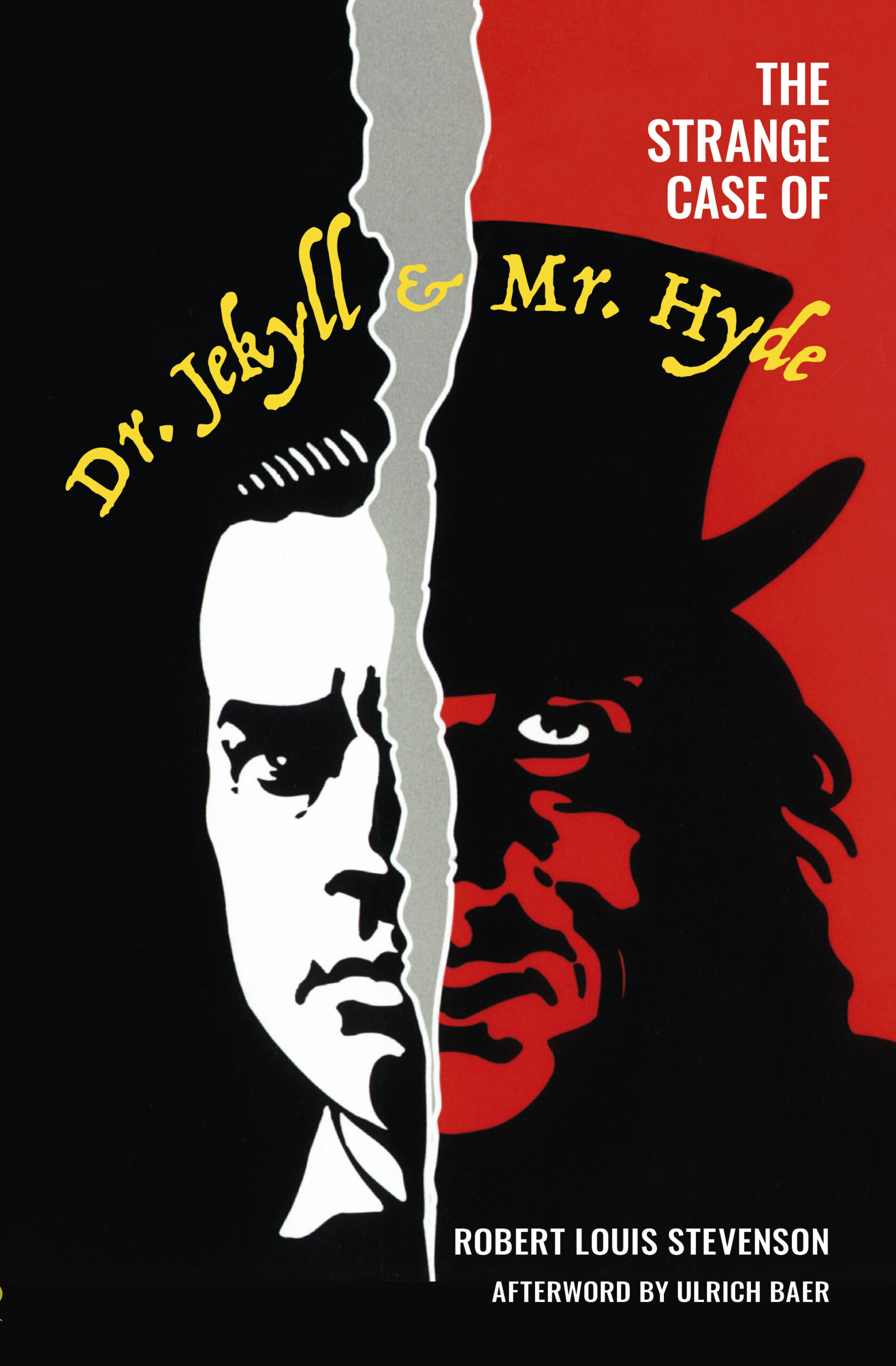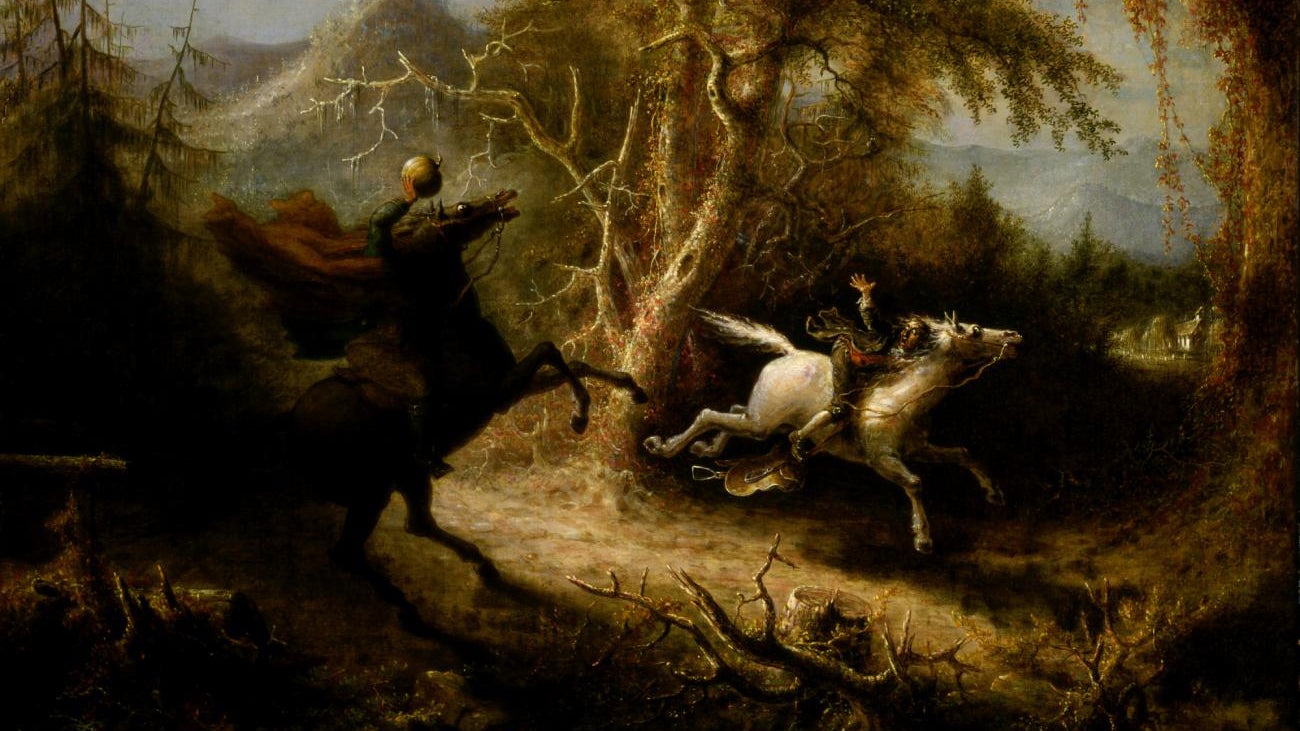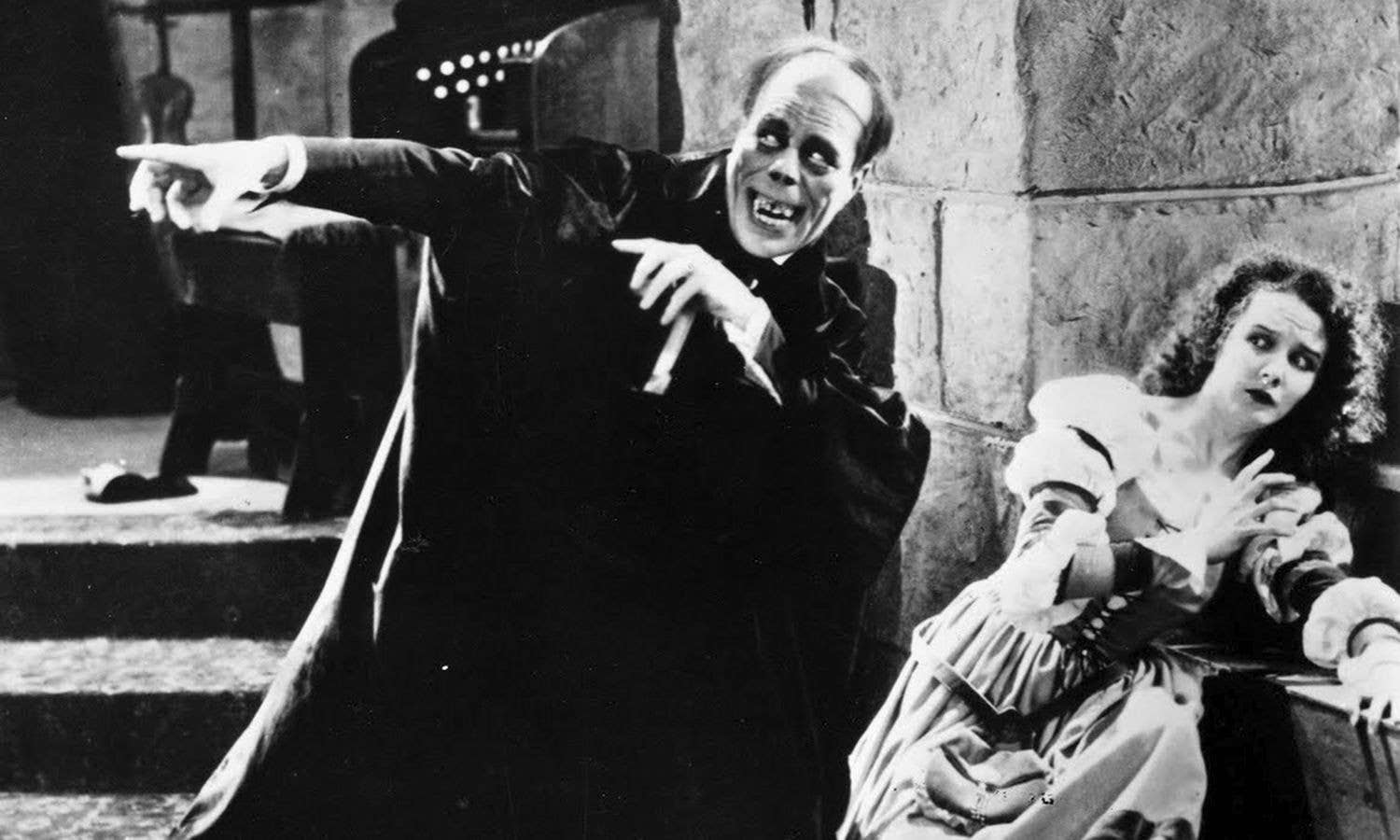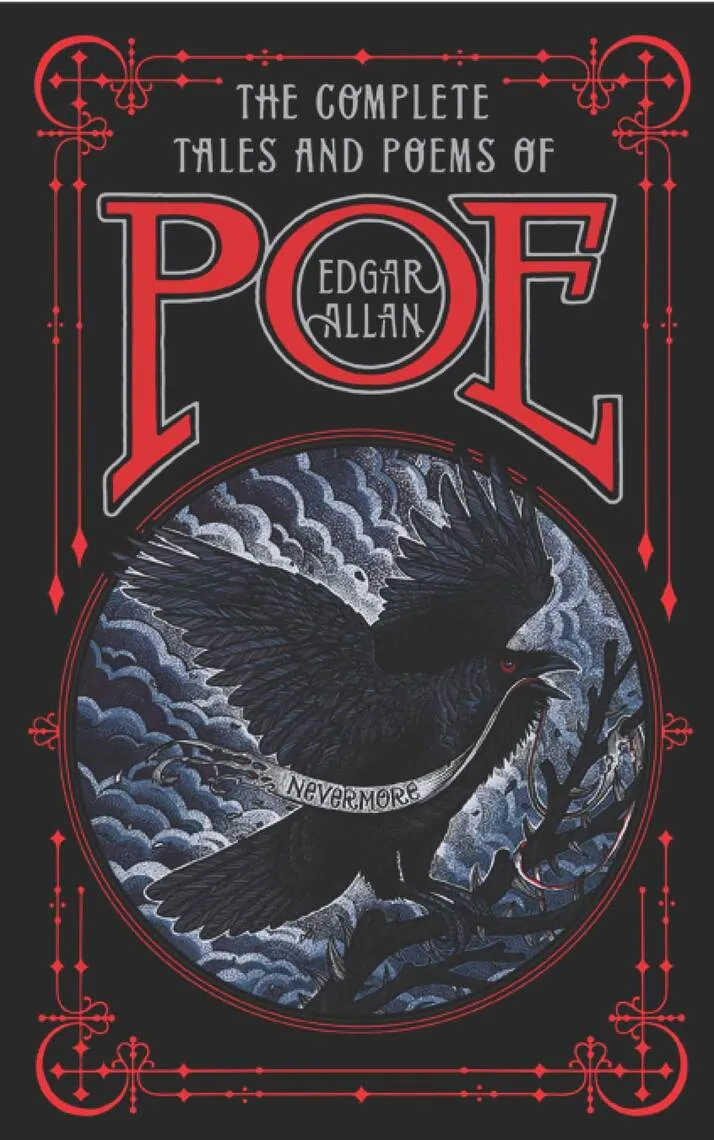Let these 5 Halloween classics transport you to eerie castles, haunted woods, and mysterious carnivals as you gear up for Halloween 2023. Embrace the fear, revel in the suspense, and allow the words to weave their magic.
In the crisp, pumpkin-spiced air of October, when the leaves rustle as secret whispers and the moon hangs in the sky like a mischievous grin, it’s time to dust off the cobwebs of our favorite spooky tales. Halloween, that magical night when the boundary between the living and the dead blurs, demands stories that send delightful shivers down our spines. So, grab a cup of witches’ brew, light a few eerie candles, and embark on a journey through 5 timeless horror classics that have defined the spirit of All Hallows’ Eve for generations.
1. Dracula by Bram Stoker (1897)

In the dim candlelight of the 19th century, Bram Stoker penned a tale that would seep into the marrow of horror literature and etch itself as a defining work in the Gothic genre. Published in 1897, this novel introduces readers to the enigmatic Count Dracula, a Transylvanian nobleman with a penchant for blood and a chilling charisma that has captured the imaginations of readers for generations.
Dracula weaves a tale of terror and fascination as it explores the journey of Jonathan Harker, a young solicitor, who travels to Transylvania to facilitate Count Dracula’s acquisition of an English estate. From the eerie moment Harker steps foot inside Castle Dracula, readers are gripped by an unshakable sense of dread. The novel’s narrative style, composed of letters, journal entries, and newspaper clippings, adds an authentic layer to the story, immersing readers in a world where ancient evil clashes with human courage.
Dracula swiftly carved its niche in the annals of horror, undergoing a metamorphosis from a spine-chilling novel to a cultural phenomenon. One of the key moments in its evolution was the portrayal of Count Dracula by Bela Lugosi in the 1931 film adaptation. Lugosi’s suave yet sinister performance solidified Dracula’s image as a tall, dark, and captivating figure, setting the standard for countless vampire representations in cinema. The novel’s legacy continued to flourish with Christopher Lee’s portrayal of Dracula in Hammer Horror films during the 1950s and 1960s, further cementing the Count’s status as a horror icon. In modern times, adaptations like Francis Ford Coppola’s 1992 film Bram Stoker’s Dracula, starring Gary Oldman as the titular character, brought a new wave of fans.
Beyond literature and film, Dracula has become an integral part of Halloween celebrations. The Count Dracula character has transcended the pages of the novel to become a symbol of the season. His aristocratic charm, capes, and iconic fangs have inspired countless Halloween costumes, turning ordinary revelers into alluring and eerie creatures of the night. The story’s dark allure has seeped into the fabric of Halloween, shaping how we perceive and celebrate the holiday.
2. Strange Case of Dr Jekyll and Mr Hyde by Robert Louis Stevenson (1886)

In the fog-laden streets of Victorian London, where science and morality entwine in a delicate dance, Robert Louis Stevenson penned a novella that would unravel the complexities of human nature and plunge readers into a world of duality and darkness: Strange Case of Dr Jekyll and Mr Hyde. Published in 1886, this novella delves into the enigmatic relationship between Dr. Henry Jekyll, a respected and benevolent scientist, and Mr. Edward Hyde, a sinister and malevolent alter ego.
The book introduces readers to the brilliant Dr. Jekyll, whose scientific experiments lead him to the discovery of a potion that can separate his virtuous and wicked selves. Through this elixir, Dr. Jekyll transforms into Mr. Hyde, a malevolent being devoid of any moral constraints. As the story unfolds, the novella masterfully explores the dual nature of humanity, questioning the fine line between good and evil. Stevenson’s narrative dissects the psychological struggle within Dr. Jekyll, painting a vivid picture of the battle between his noble intentions and the darker desires that manifest in Mr. Hyde.
It swiftly captivated readers, transcending its Victorian origins to become a timeless exploration of the human psyche. The novella’s theme of duality resonates deeply with readers, forcing them to confront their own inner demons and the potential for both benevolence and malevolence within themselves. The moral quandaries faced by Dr. Jekyll continue to strike a chord, challenging readers to reflect on the complexities of human nature and the consequences of suppressing one’s darker impulses.
The duality of Dr. Jekyll and Mr. Hyde has permeated popular culture, inspiring a myriad of adaptations in literature, theatre, and film. Countless plays, movies, and television series have explored and reimagined the tale, each iteration adding a unique perspective to the enduring mystery of the divided self. Notable actors, including Fredric March, Spencer Tracy, and John Barrymore, have portrayed the iconic roles, infusing new life into Stevenson’s characters.
The notion of transformation, of donning a mask that conceals one’s true nature, resonates profoundly during Halloween. Many revelers have adopted the characters of Jekyll and Hyde for costume parties and masquerades, embodying the struggle between light and darkness in a visually striking manner.
3. The Legend of Sleepy Hollow by Washington Irving (1820)

In the quaint village of Sleepy Hollow, nestled along the shores of the Tappan Zee River in New York, an eerie legend weaves its way through the misty, moonlit nights. Washington Irving’s classic tale, The Legend of Sleepy Hollow, first published in 1820 as part of the collection “The Sketch Book of Geoffrey Crayon, Gent.,” has become an iconic piece of American folklore, synonymous with the thrill of Halloween.
The story unfolds in a small, secluded town where the superstitious beliefs of its inhabitants are as thick as the fog that envelops the nearby woods. Ichabod Crane, the lanky and superstitious schoolmaster, becomes embroiled in the mysterious legend of the Headless Horseman. According to the tale, the ghostly apparition, a decapitated Hessian soldier, rides forth at night in search of his lost head, terrorizing anyone who crosses his path. Irving’s narrative skillfully crafts the tension between reality and the supernatural, blurring the line between what is tangible and what exists solely in the imagination. The vivid descriptions of the eerie landscape and the palpable fear experienced by Ichabod Crane draw readers into a world where shadows and specters roam freely.
What sets The Legend of Sleepy Hollow apart is its roots in genuine local legends. Irving was inspired by Dutch folklore and German ghost stories, merging them seamlessly with the landscape of Sleepy Hollow, creating an authentic and chilling atmosphere. The tale’s connection to the region’s history lends it an aura of authenticity, making it a powerful example of how folklore can breathe life into literature.
Over the years, Irving’s tale has become an integral part of American culture, shaping Halloween traditions and celebrations. The Headless Horseman has become an iconic figure of the spooky season, inspiring a plethora of adaptations in various media. Countless movies, television shows, and theatrical productions have retold and reimagined the story, each iteration adding a layer of intrigue to the legend.
Moreover, Sleepy Hollow has become a destination for Halloween enthusiasts, drawing visitors from near and far eager to immerse themselves in the eerie ambiance of the town. Local festivals, haunted hayrides, and ghost tours allow participants to step into the shoes of Ichabod Crane and experience the thrill of the legend firsthand. As the Headless Horseman gallops through the pages of Irving’s tale, he continues to capture the imagination of readers, ensuring that the legend of Sleepy Hollow remains an integral part of the Halloween tradition – a testament to the enduring fascination with the supernatural that permeates the spooky season.
Also Read: Get in the Spooky Spirit With These Five Scary Slot Machines
4. Phantom of the Opera by Gaston Leroux (1909)

In the grandeur of the Paris Opera House, beneath the ornate chandeliers and amidst the echoes of enchanting arias, Gaston Leroux’s timeless tale, The Phantom of the Opera, unfolds. First published in 1910, this Gothic novel has transcended its literary origins to become a cultural phenomenon, captivating audiences worldwide with its blend of romance, tragedy, and the supernatural.
At its heart, The Phantom of the Opera spins a captivating yarn around a disfigured musical genius who dwells in the labyrinthine catacombs beneath the Paris Opera House. Known only as the Phantom, his haunting presence is a mix of tragedy and malevolence. His love for Christine Daaé, a talented young soprano, drives the narrative, forming the basis of an intricate web of love, obsession, and unrequited desires. Leroux’s vivid descriptions and rich characterizations breathe life into the Phantom, making him one of literature’s most enduring and complex figures.
The novel weaves a mesmerizing tapestry of human emotions, exploring themes of beauty, deformity, and the power of artistic expression. The Phantom, masked and tortured, epitomizes the struggle for acceptance and love, his music serving as both a siren’s call and a harbinger of doom. Christine, torn between her loyalty to the Phantom and growing affection for Raoul, adds layers of tension and depth to the narrative. Leroux’s prose, infused with Gothic sensibilities, creates an atmospheric masterpiece where passion and despair collide.
Leroux’s Phantom of the Opera has inspired numerous adaptations, most notably Andrew Lloyd Webber’s iconic musical, which premiered in 1986. The musical, with its haunting score and mesmerising stagecraft, catapulted the story into the global spotlight, making the Phantom and Christine household names. Countless stage productions, films, and reinterpretations continue to keep the tale alive, each iteration adding new dimensions to the characters and their tragic fates. Beyond the stage and screen, the Phantom’s iconic half-mask and enigmatic allure have permeated popular culture. His image has graced everything from posters and merchandise to Halloween costumes, becoming a symbol of romantic tragedy and the allure of the mysterious.
5. The Complete Tales and Poems of Edgar Allan Poe (1845)

This list will honestly be incomplete without the mind-melding horror stories from Poe. Within the pages of The Complete Tales and Poems, you will embark on a haunting odyssey into the depths of human imagination, where shadows mingle with despair, and the line between reality and nightmare blurs into obscurity. Published in 1845, this timeless collection of Poe’s works stands as a testament to his mastery of Gothic literature and his unparalleled ability to explore the darkest recesses of the human psyche.
Poe’s tales and poems weave a tapestry of macabre beauty and psychological intensity. From the eerie depths of The Tell-Tale Heart, where guilt manifests as an incessant heartbeat, to the spectral melancholy of The Raven, where a lonely soul is hauntingly tortured by a mysterious bird visiting him constantly, each story and poem is a masterpiece of suspense, exploring themes of death, madness, and the supernatural. Poe’s writing style, rich in symbolism and atmosphere, immerses readers in a world where every shadow conceals a secret and every whisper carries a ghostly echo.
One of Poe’s trademarks is his use of unreliable and psychologically complex narrators. These characters, haunted by their own demons and obsessions, draw readers into their distorted perceptions of reality. Whether it’s the obsessive narrator of The Black Cat, driven to madness by his own brutality, or the enigmatic protagonist of The Fall of the House of Usher, entangled in a family curse, Poe’s narrators become mirrors reflecting the multifaceted nature of the human mind.
The Complete Tales and Poems represent Poe’s enduring legacy in the realm of literature. His influence extends far beyond his time, shaping the landscape of horror, mystery, and suspense for generations of writers. Countless authors, from H.P. Lovecraft to Stephen King, have cited Poe as a profound inspiration, acknowledging his ability to evoke fear and fascination with unparalleled skill. Poe’s impact isn’t limited to literature alone. His works have permeated popular culture, influencing movies, television shows, and even music. Gothic aesthetics, haunted houses, and the enigmatic allure of ravens are just a few examples of how Poe’s imagery has become ingrained in our collective imagination.
Poe’s tales and poems resonate not only because of their macabre themes but also because of their profound insights into the human soul. In the dim light of Poe’s imagination, where darkness and beauty merge, readers confront their deepest fears and desires, discovering a profound connection to the enigmatic complexities of the human psyche. This collection is not just a book; it is a portal into the abyss of human emotions, a mirror reflecting our deepest fears and most profound longings. Poe’s words, like haunting echoes from the beyond, continue to beckon readers, inviting them to explore the enigmatic and melancholic landscapes of their own souls.
